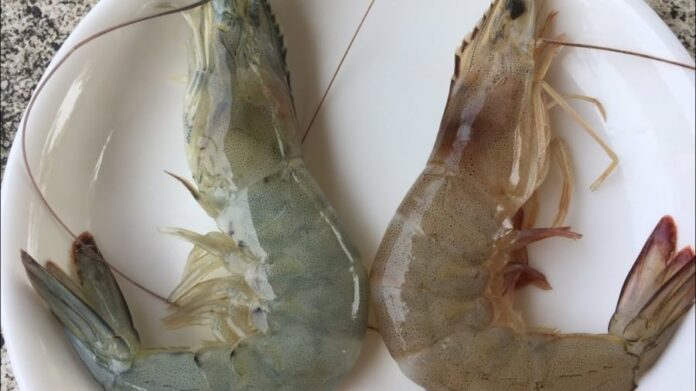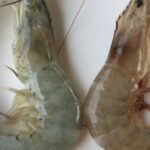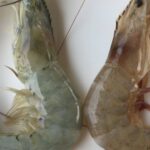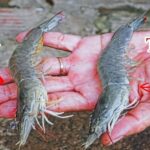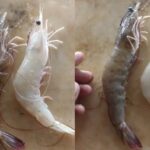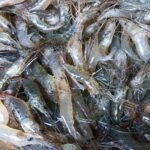Shrimp is an incredibly nutritious food, especially rich in calcium, and is a popular choice for family meals. Wild-caught shrimp naturally has sweeter, firmer flesh and superior flavor compared to its farmed counterpart.
However, not everyone knows how to distinguish between farmed and wild-caught shrimp. In reality, it is quite simple to tell the difference, and with a few tips from your shrimp vendor, you can easily spot the variations without ever making a mistake.
How to Differentiate Farmed and Wild-Caught Shrimp
When shopping for shrimp, not everyone knows how to select it accurately. Many people tend to buy shrimp from just about anywhere without proper inspection.
However, it’s important to remember that wild-caught shrimp is usually more expensive than farmed shrimp, and some dishonest vendors may sell farmed shrimp while advertising it as wild-caught to make a higher profit. To avoid being deceived, consumers can learn to differentiate between farmed and wild-caught shrimp using the following indicators.
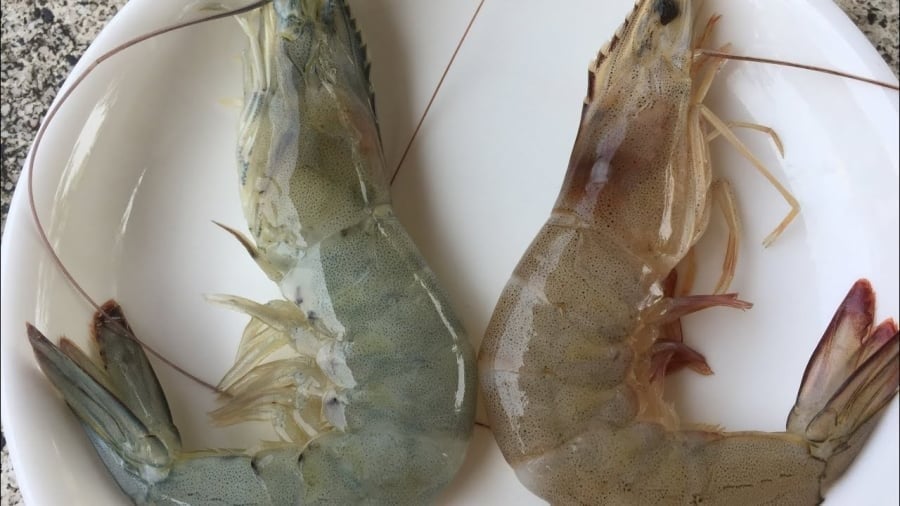
First, pay attention to the color and firmness of the shrimp. Farmed shrimp typically has a darker shell, softer flesh, and lacks the natural sweetness. In contrast, wild-caught shrimp boasts a brighter shell, firmer texture, and distinctive natural sweetness.
Additionally, to ensure that your wild-caught shrimp is always fresh and tasty, opt for lively shrimp. Fresh shrimp will have shiny shells, strong swimming abilities, and firm flesh that clings to the shell. Its legs should not be broken. If the shrimp has pale shells, cloudy eyes, or abnormal signs such as a stiff body, straight posture, or mucus secretion, it’s best to avoid purchasing it, even if the price is tempting.
If you’re buying pre-cooked shrimp, inspect the tail and joints. Straighten the shrimp and examine the space between the shell joints and the flesh. If the joints are wider than normal, it indicates that the shrimp is not fresh and may have been overcooked or frozen for an extended period.
Delicious Shrimp Recipes
Garlic Butter Shrimp
Garlic butter shrimp is a favorite among seafood enthusiasts due to its indulgent combination of buttery goodness and fragrant garlic. The cooking process is quite simple and won’t take up too much of your time. Here are the steps to prepare this delicious dish:
Step 1: Clean 500 grams of large shrimp, removing the whiskers and legs. Place the shrimp in a pan and fry until both sides are cooked.
Step 2: Using a clean pan, melt 5 tablespoons of butter. Add a clove of minced garlic and sauté. Season with half a spoon each of sugar, salt, and pepper. When the spices blend well, add some chopped parsley and chili.
Step 3: Once the sauce reaches a thick consistency, turn off the heat and pour it over the fried shrimp. Your delicious dish is now ready to be enjoyed.
Coconut Steamed Shrimp
Coconut steamed shrimp is a mild and tasty dish suitable for all ages, especially children. The natural sweetness of shrimp blends beautifully with the aroma of coconut to create a wonderful culinary experience. Try making this dish by following these steps:
Step 1: Prepare the shrimp by removing the whiskers, legs, and back vein. Rinse the shrimp thoroughly.
Step 2: Place a pot on the stove, pour in the water from one coconut, and add one chopped shallot and a little seasoning. Bring it to a boil.
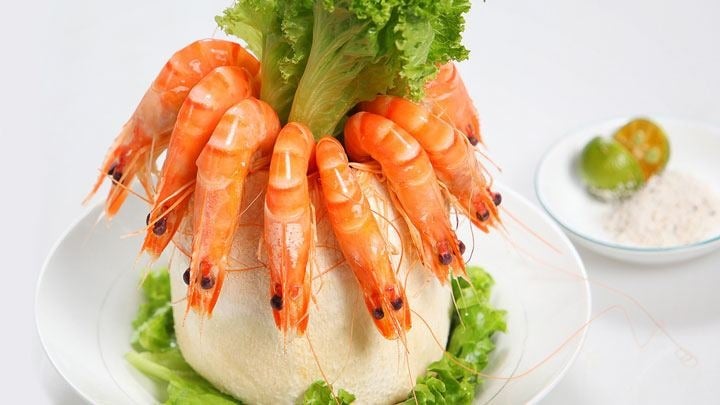
Step 3: Add 400 grams of shrimp and boil for about 2 minutes until the shrimp turns red, then turn off the heat.
Step 4: Garnish the shrimp around the coconut rim and serve.
Soy Sauce Steamed Shrimp
Soy sauce steamed shrimp is a unique and appealing dish perfect for family meals. Here’s how to prepare this delicious meal:
Step 1: Clean the shrimp by removing the back vein, rinsing it, and letting it drain.
Step 2: Sauté some chopped shallots, then add shredded king oyster mushrooms and mix well. Season with sugar, vinegar, and soy sauce. Turn off the heat when the mixture boils.
Step 3: Scoop the sautéed mixture onto the back of the shrimp, then place the shrimp in a steamer. When the water boils, steam the shrimp for about 10 minutes. When the shrimp turns orange-yellow, it’s ready to be served.
The Ultimate Guide to Telling Farmed and Wild Shrimp Apart: Insider Tips and Tricks
“For many, distinguishing between farmed and wild-caught shrimp can be a tricky endeavor. The subtle differences in appearance can be deceiving, often leading to confusion. However, it is important to note that there are significant disparities in terms of quality and nutritional value between the two sources, which is why understanding the distinction is crucial for consumers.”
The Ultimate Guide to Telling Farmed and Wild Shrimp Apart: A Shrimp Seller’s Tip that Anyone Can Do
“Choosing the right shrimp for your family’s meal can be a tricky endeavor. With years of experience in the seafood industry, we are here to share a simple secret to help you distinguish between farmed and wild-caught shrimp. This knowledge will ensure you always select the freshest and most delicious shrimp for your table.”

